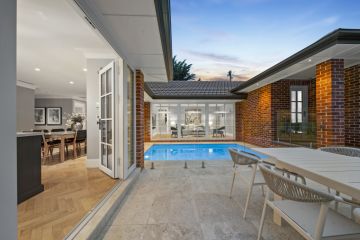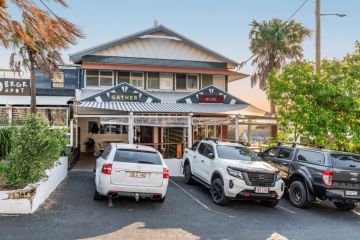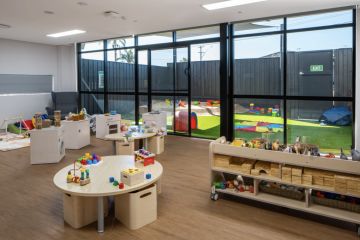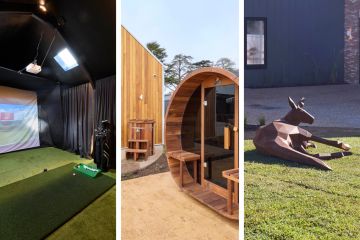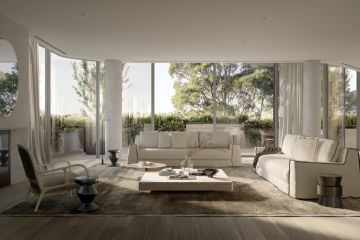Australia's rental crisis worsens as record price hikes leave tenants desperate

Leading fitness trainer and yoga instructor Mark Moon is hoping against hope that his rent doesn’t rise any time soon, despite the shock report that rents nationally have surged to an all-time high after the strongest annual growth in 14 years.
“It does make you anxious that your rent will go up and keep on going up, especially when it’s such a struggle at the moment to find something nice enough and big enough that you can actually afford on your own,” said Moon, 45. “If it went up more, I might have to look at downgrading or sharing.
“You wonder if you’d be better off paying a mortgage rather than rent but interest rates are going up and, in my line of work, gym memberships and personal training and yoga can be the things people stop doing first when they’re trying to cut back. So, it makes everything very uncertain.”
The latest Domain Rent Report for the June quarter 2022 shows the rental crisis has deepened across the nation, making Australia’s renters even more apprehensive.
Both house and unit rents over the combined capitals have recorded their longest continuous stretch of rental price growth, with house rents rising for the fifth consecutive quarter and unit rents for the fourth.
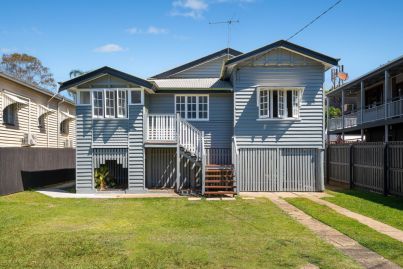

While the pace of the quarterly growth has eased, that will do little to alleviate the pain many tenants currently find themselves in, having experienced the strongest annual rent growth since 2008 for houses and 2007 for units.
“Rents nationally are at an all-time record high and have recouped everything they lost during the pandemic, and then some,” said Domain chief of research and economics Dr Nicola Powell.
“The rent rises have been going on for so long now and, with 12 months the standard lease, a large proportion of tenants would have been impacted by them.
“It’s still very much a landlord’s market. We need to see more investment and more properties being made available for tenants.”
| Capital City | Jun-22 | Mar-22 | Jun-21 | Quarterly change | Annual change |
| Sydney | $525 | $500 | $470 | 5.0% | 11.7% |
| Melbourne | $410 | $390 | $370 | 5.1% | 10.8% |
| Brisbane | $450 | $430 | $400 | 4.7% | 12.5% |
| Adelaide | $380 | $370 | $350 | 2.7% | 8.6% |
| Perth | $400 | $400 | $380 | 0.0% | 5.3% |
| Canberra | $550 | $540 | $500 | 1.9% | 10.0% |
| Darwin | $480 | $490 | $443 | -2.0% | 8.5% |
| Hobart | $450 | $450 | $405 | 0.0% | 11.1% |
| Combined Capitals | $460 | $445 | $410 | 3.4% | 12.2% |
High property prices during COVID locked people into the rental market for longer, and low investment over 2020 and 2021, as well as the increase in the number of households being formed, means fewer homes are available, she says. Adding to that lack of supply, some investors sold up to take advantage of higher prices.
“Some landlords may also have passed on the increase in interest rates to their tenants in terms of higher rents,” said Powell.
House rents rose the most in Brisbane, with an annual rise of 16.9 per cent and 4 per cent over the quarter, while unit rents rose 12.5 per cent over the year, and 4.7 per cent in the quarter.
| Capital City | Jun-22 | Mar-22 | Jun-21 | Quarterly change | Annual change |
| Sydney | $620 | $600 | $550 | 3.3% | 12.7% |
| Melbourne | $460 | $450 | $430 | 2.2% | 7.0% |
| Brisbane | $520 | $500 | $445 | 4.0% | 16.9% |
| Adelaide | $480 | $460 | $430 | 4.4% | 11.6% |
| Perth | $495 | $480 | $450 | 3.1% | 10.0% |
| Canberra | $690 | $680 | $620 | 1.5% | 11.3% |
| Darwin | $600 | $600 | $580 | 0.0% | 3.5% |
| Hobart | $540 | $525 | $500 | 2.9% | 8.0% |
| Combined Capitals | $515 | $500 | $460 | 3.0% | 12.0% |
Sydney had the second biggest hit with house rents jumping 12.7 per cent over the year, and 3.3 per cent in the quarter, with units rising 11.7 per cent over the past 12 months and five per cent over the three months.
In Melbourne, rents for houses rose 2.2 per cent in the quarter, making it the most affordable capital city in which to rent a house. Units, however, rose 10.8 per cent over the year, and 5.1 per cent over the quarter.
House rents in Adelaide rose 11.6 per cent over the year, Canberra by 11.3 per cent, Perth 10 per cent, Hobart 8 per cent, and Darwin 3.4 per cent. Meanwhile, unit rents in Hobart rose by 11.1 per cent over the year, Canberra by 10 per cent, Adelaide by 8.6 per cent, Darwin 8.5 per cent and Perth 5.3 per cent.
Private renters are now often looking online at nearby suburbs to see if they can move somewhere a little more affordable, reports Kasey McDonald, head of leasing at property management agency Different.
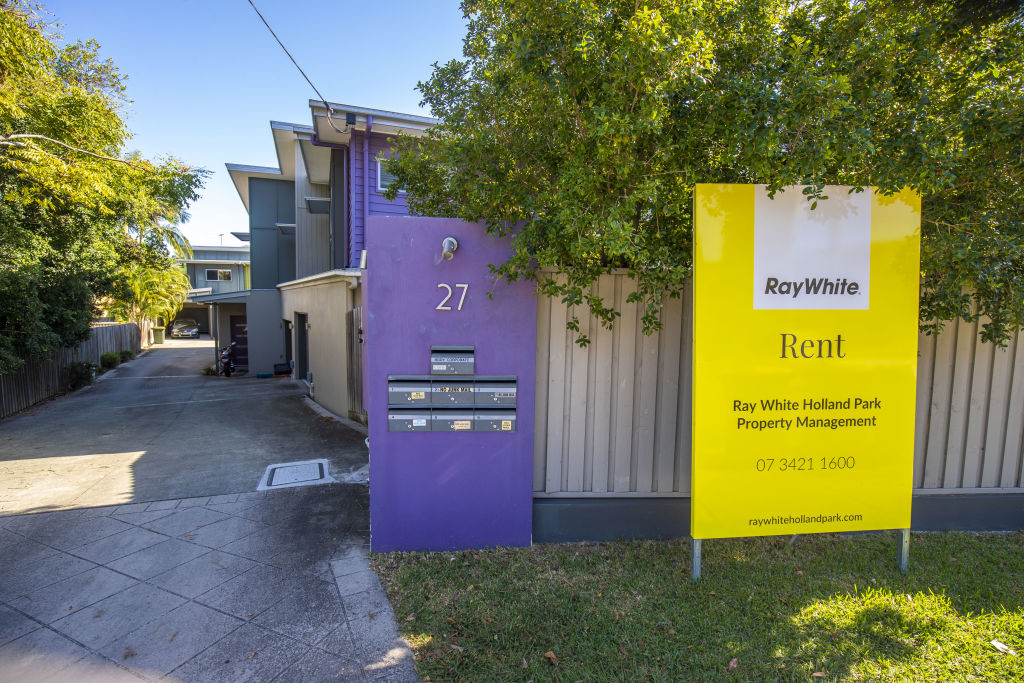
“They definitely need to shop around to see if moving could work in their favour,” she said. “Or they could work out if they could shift from a three-bedroom home to one with two, and whether they really need that extra space, or move from a house to a townhouse or apartment.
“Another option is to share with someone and have them put on the tenancy agreement, or maybe to negotiate a long-term lease with a landlord and perhaps get a concession on the rent. But now is probably a good time to do all this, while it’s cold and the market is slower than in spring and summer.”
At National Shelter, there’s continuing concern about those who simply can’t make ends meet with such a strong surge in rents. “I think there currently exists sustained pressure on private renters,” said chief executive Emma Greenhalgh. “It also demonstrates the importance of continued and sustained investment in affordable and social housing, and rental reforms for tenants.
“There’s probably a lot of concern around at the moment around rising interest rates, and property owners passing them on. That’s in addition to the rising costs of living, with people facing higher prices for food, energy and petrol. Some families are having to make very difficult decisions in terms of keeping a roof over their heads or heating their homes.”
We recommend
States
Capital Cities
Capital Cities - Rentals
Popular Areas
Allhomes
More

